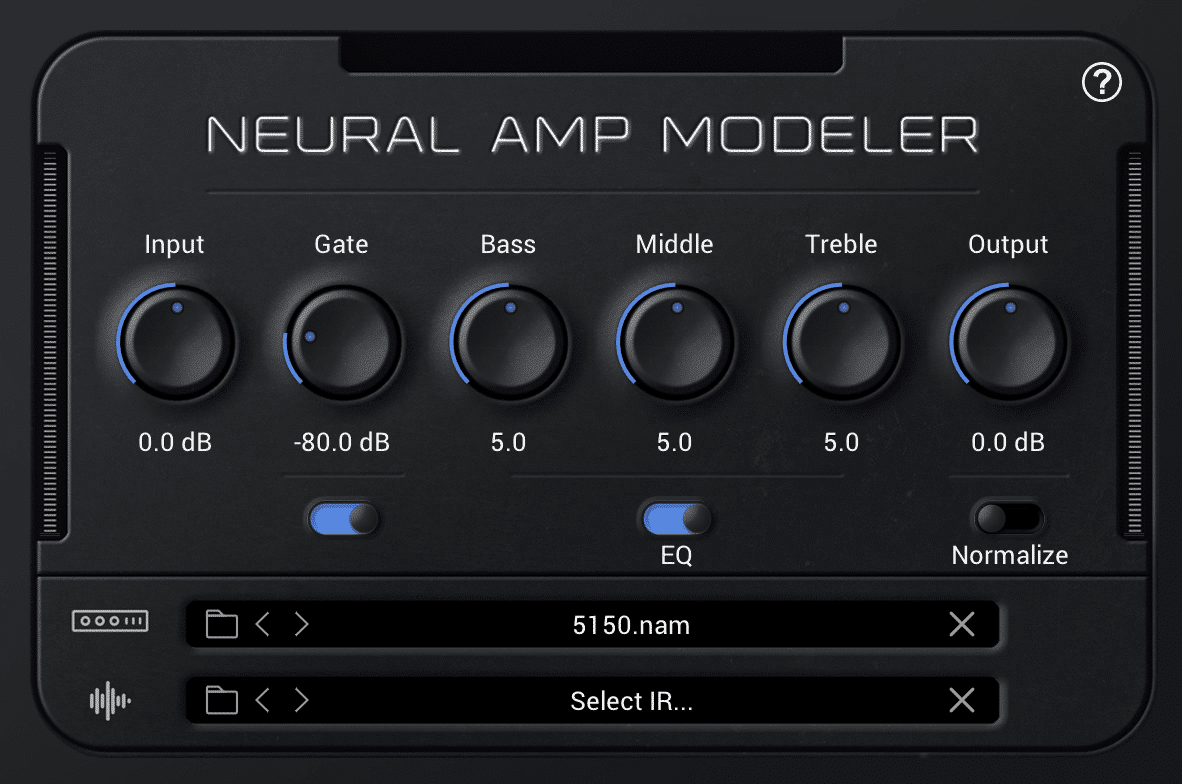
Processing Brutal Chelsea Grin Vocals: Eyal Levi’s Mix Chain
Nail The Mix Staff
Let’s talk about mixing aggressive metal vocals. When you’re faced with a raw, intense performance like one from Chelsea Grin, the challenge is to make it sit in a chaotic mix while retaining all its power and aggression. You want it to sound massive, not like an “angry baby pterodactyl,” as producer Eyal Levi puts it.
In a live mixing session for Nail The Mix, Eyal broke down his exact process for tackling these killer vocals. Forget presets and simple chains; this is about using the right tools aggressively and making smart decisions to transform a raw take into a polished, mix-ready weapon. Here’s a look at his essential techniques you can apply to your own tracks, based on his Chelsea Grin mixing session.
Taming the Lead: The Main Vocal Chain
The lead vocal is the star, but a raw performance is often dynamically wild and full of frequencies that will clash with guitars and cymbals. The goal here is control and character.
Start with a Clean Slate: Foundational EQ
Before you even think about compression or effects, clean up the mud. Unnecessary low-end rumble is the enemy of a clear metal mix. Eyal’s first move is to grab an EQ and slap on a high-pass filter.
For this track, everything below 100Hz gets cut. This instantly removes low-frequency noise and rumble that the microphone picked up, clearing up headroom and preventing the vocal from clashing with the bass and kick drum. It’s a simple but non-negotiable first step in professional vocal EQ strategy.
Aggressive Compression for an Aggressive Performance
Next up, it’s time to clamp down on the dynamics. A screamed vocal has huge peaks and quiet moments, and without heavy compression, it will get lost one second and be painfully loud the next. For this job, Eyal reaches for JST’s Gain Reduction Deluxe.
Why this plugin? Because he needs something unapologetically aggressive. He notes that it’s especially effective on vocals that were recorded without any compression on the way in—just like these. He pushes the compression hard, aiming to transform the vocal into a consistently powerful “adult pterodactyl that’s pissed.” Instead of just relying on EQ, he also uses the plugin’s “Body” knob to help shape the core tone of the vocal. This is a crucial part of modern metal vocal compression.
Surgical EQ and Careful De-Essing
With the dynamics under control, it’s time for more EQ. This time, he uses a Pultec-style EQ to get rid of some of the “ugly mids” that can make a vocal sound boxy or cheap, while adding a touch of high-end “expensive” air.
The final step in the lead vocal chain is de-essing. The high-frequency energy in a scream can create harsh sibilance (“S” and “T” sounds) that are like ice picks to the ears. Eyal uses FabFilter Pro-DS to tame these frequencies. But he offers a critical warning: don’t overdo it. If you set the range or threshold too aggressively, you’ll give the vocalist a lisp, which sounds unnatural and weak. Dial it in just enough to smooth out the harshness without changing the core performance.
The “Joey Trick”: Adding Width with Vocal Doubles
A single lead vocal can sound lonely. The solution is using doubles, but not just as quiet copies tucked underneath. Eyal uses a classic “Joey Trick” where the double is processed very differently to add width, texture, and character.
Add Grit with Distortion
To make the double distinct, he first reaches for a distortion plugin. You don’t need anything fancy; he finds a preset called “Punk Angry Vox” and dials it in. This adds harmonics and grit, helping the double stand apart from the cleaner lead vocal and fill out the sonic space.
Create Space with Stereo Widening
The real magic for the double comes from stereo processing. Eyal uses Soundtoys Microshift, a classic pitch-shifting and stereo-widening plugin. By applying this effect, the single mono double track is transformed into a wide, chorus-like texture that sits on the sides of the mix. This makes the overall vocal performance sound huge and three-dimensional, wrapping around the listener without cluttering up the center where the lead vocal lives.
The Pro-Tip That Saves Your Mix: Smart Vocal Editing
Sometimes the perfect take has one tiny flaw. During the session, Eyal noticed the vocalist made a “really stupid sound” at the end of a line on the lead track. The performance was great, but that one moment was distracting.
Instead of trying to fix it with a dozen plugins, he looked for a simpler solution. He noticed the double track didn’t have that same flawed sound on that line. The fix was simple but brilliant:
- He sliced the clean ending from the double track.
- He copied it over to the lead vocal track, replacing the “stupid sound.”
- He crossfaded it smoothly, and the problem was gone.
This is the kind of resourceful, problem-solving mindset that separates the pros. Always listen to your alternate takes—they might contain the perfect piece you need to fix your main performance.
Bring It All Together (And Go Deeper)
Mixing heavy vocals like Chelsea Grin’s is a masterclass in aggressive, intentional processing. It’s about more than just levels and pan. It requires:
- Smart foundational EQ to remove mud.
- Heavy, characterful compression to control dynamics.
- Creative processing on doubles with distortion and widening to build a massive sound.
- Resourceful editing to compile the perfect performance.
These tips from Eyal Levi’s session are a fantastic starting point. But imagine watching him and dozens of other world-class producers like him apply these techniques in real-time, explaining every knob turn and every decision.
Chelsea Grin on Nail The Mix
Eyal Levi mixes "S.H.O.T."
Get the Session
At Nail The Mix, you get to be a fly on the wall for exactly that. Each month, members get the raw multitracks from a massive song and watch the original producer mix it from scratch. You can see precisely how they handled these Chelsea Grin vocals by checking out the full session. If you’re ready to move past presets and truly unlock your sound, this is how you do it.
Get a new set of multi-tracks every month from a world-class artist, a livestream with the producer who mixed it, 100+ tutorials, our exclusive plugins and more
Get Started for $1





